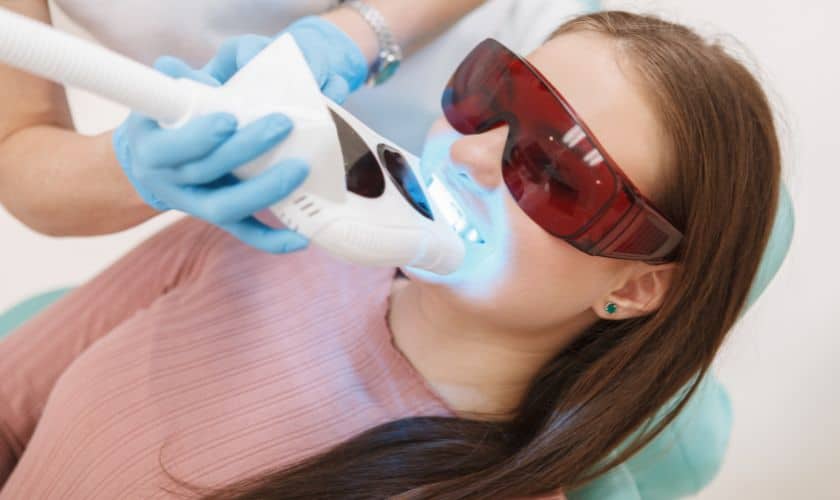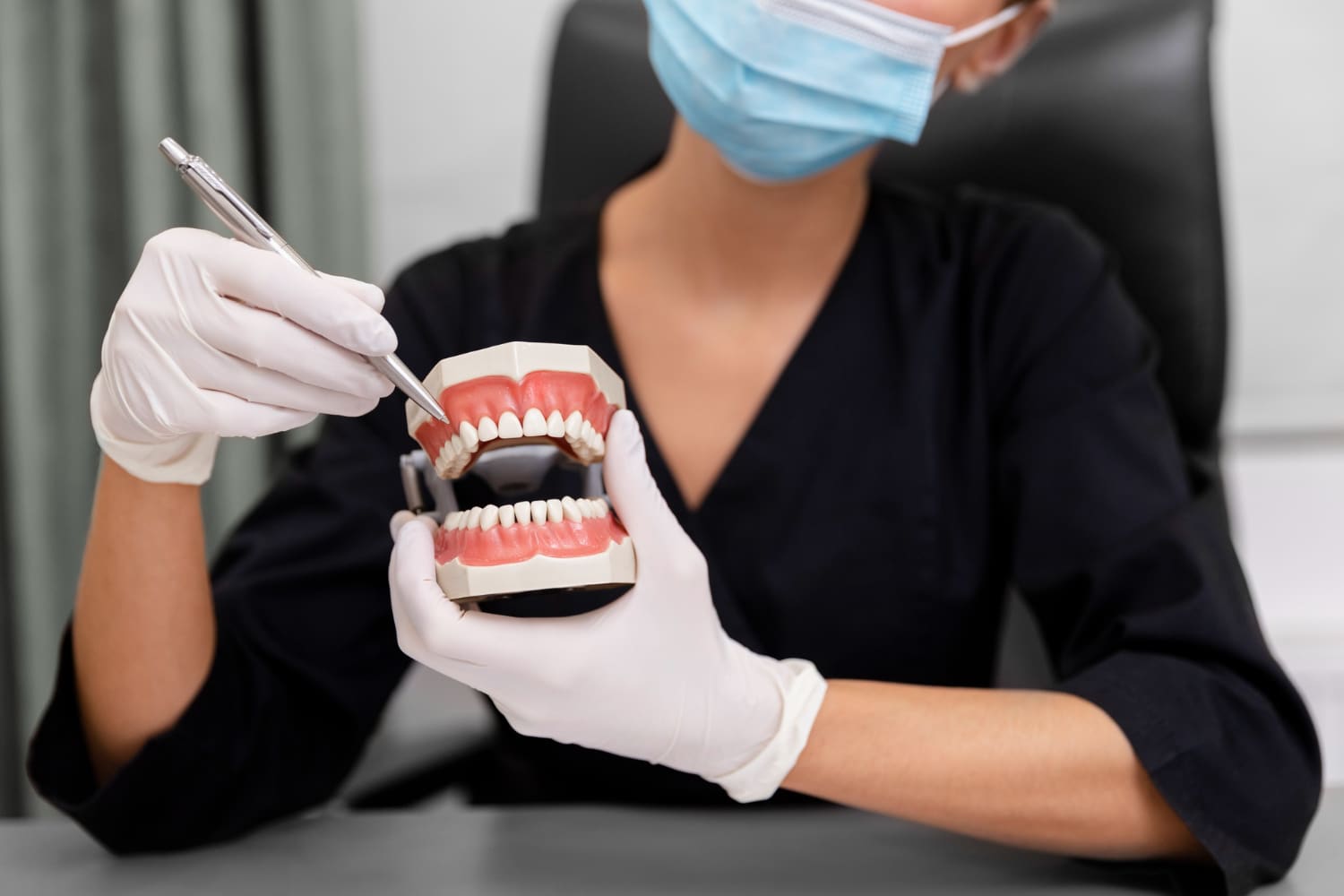
Lasers, once a realm of science fiction, have seamlessly integrated into various fields, including dentistry. From precision procedures to minimizing discomfort, lasers have become indispensable tools in the modern dentist’s arsenal.
Introduction to Laser Dentistry
Laser dentistry, a cutting-edge branch of dental care, utilizes concentrated beams of light to address a plethora of oral health issues. These high-energy beams can precisely target tissue, making them ideal for delicate dental procedures.
Diagnostic Capabilities
In diagnostics, lasers offer a non-invasive approach to detect cavities and analyze the composition of teeth. Through laser fluorescence, dentists can identify early signs of decay, enabling proactive treatment and preventing further damage.
Soft Tissue Procedures
In soft tissue procedures, lasers provide unparalleled precision. They can reshape gums, treat gum disease by eliminating bacteria, and perform biopsies with minimal bleeding. The precision of lasers reduces healing time and post-operative discomfort for patients.
Hard Tissue Procedures
When it comes to hard tissue procedures like cavity preparation and tooth restoration, lasers offer significant advantages. They can precisely remove decayed tissue while preserving more of the healthy tooth structure compared to traditional drills. This precision minimizes the need for anesthesia and reduces the risk of micro-fractures in the surrounding enamel.
Root Canal Therapy
Root canal therapy, often associated with discomfort, benefits greatly from laser technology. Lasers can disinfect the root canal system more effectively than traditional methods, reducing the risk of reinfection and improving treatment outcomes. Additionally, lasers can seal the canal efficiently, enhancing the success rate of the procedure.
Teeth Whitening
In cosmetic dentistry, lasers play a pivotal role in teeth whitening procedures. Laser-activated whitening agents penetrate the enamel more effectively, resulting in faster and more noticeable results compared to traditional whitening methods. Moreover, laser-assisted whitening minimizes sensitivity and provides longer-lasting outcomes.
Pain Management
One of the most significant advantages of laser dentistry is its ability to minimize pain and discomfort during procedures. The precision of lasers reduces trauma to surrounding tissues, resulting in less bleeding, swelling, and post-operative pain for patients. This makes dental visits more tolerable, particularly for individuals with dental anxiety.
Reduced Recovery Time
Another benefit of laser dentistry is the reduced recovery time associated with procedures. Because lasers are minimally invasive and promote faster tissue regeneration, patients experience quicker healing and can resume normal activities sooner. This is especially advantageous for individuals with busy schedules who cannot afford extended downtime.
Conclusion
In conclusion, lasers have transformed the landscape of dentistry, offering precision, efficiency, and improved patient experience. From diagnostics to complex procedures, laser technology continues to revolutionize dental care, promising brighter smiles and better oral health outcomes for patients worldwide. As technology advances further, the potential for lasers in dentistry only continues to expand, promising even more innovative solutions in the future.




